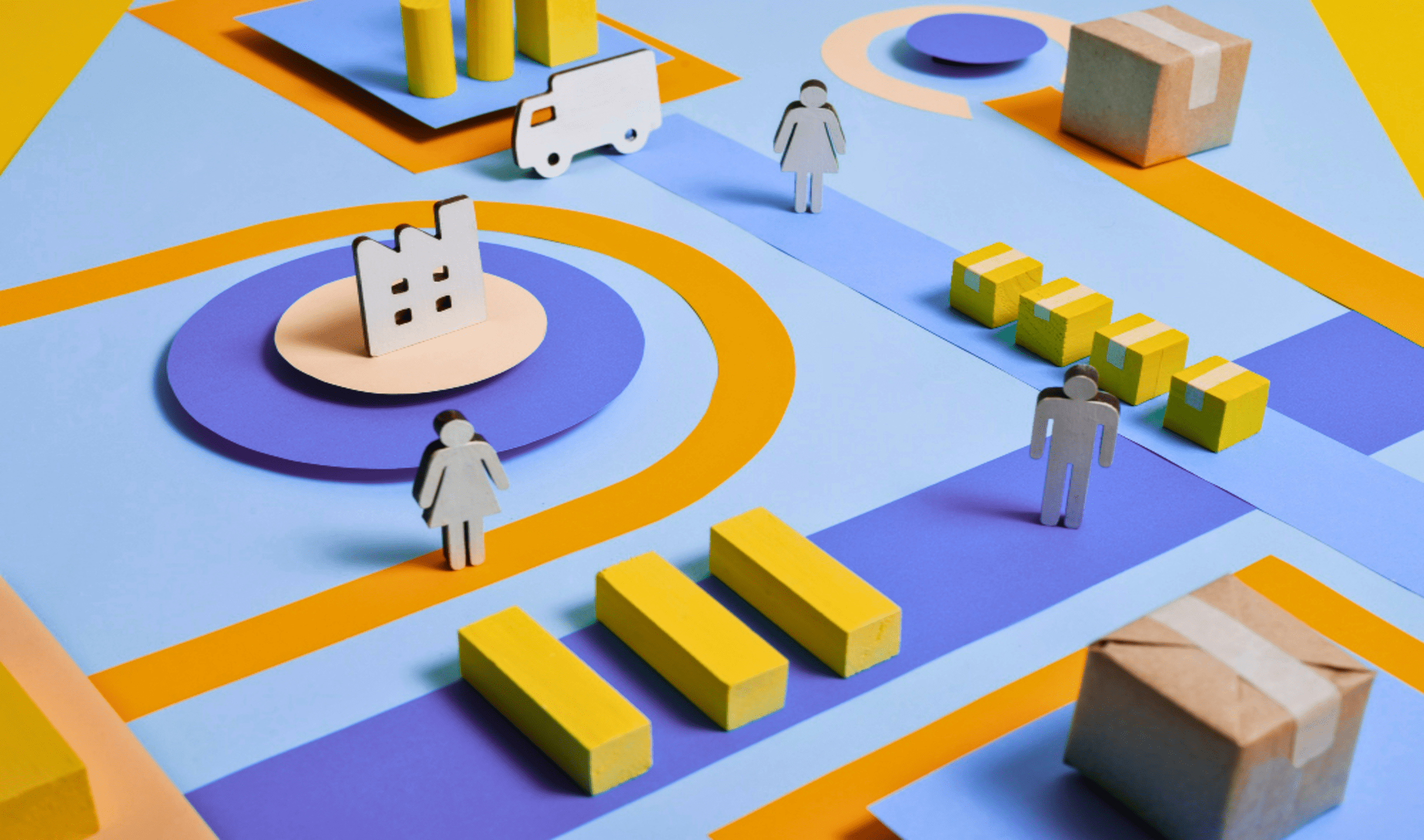5 Key Stages of the Customer Journey You Should Know

Understanding the customer journey is crucial for driving growth and ensuring long-term success. The customer journey represents the entire experience a customer has with your brand, from the moment they first become aware of your product or service to the point of purchase and beyond.
By mastering the key stages of this journey, businesses can create targeted strategies that meet customer needs at every touchpoint, ultimately leading to higher satisfaction, increased loyalty, and greater revenue. In today's blog, we'll explore the customer journey in detail, covering each stage from initial awareness of your brand to post-purchase interactions.
*The customer journey includes all interactions from awareness to post-purchase, helping businesses meet customer needs at each stage.
*Offering personalized content during the consideration phase and simplifying the checkout process can reduce friction and improve conversions.
*Focusing on retention and advocacy, through loyalty programs and word-of-mouth marketing, fosters long-term customer relationships.
What Is the Customer Journey?
The customer journey is the path a customer takes from initial awareness of a brand or product to the final purchase decision and beyond. It includes all the interactions and experiences that shape their perception of a brand, including online research, social media engagement, product comparisons, and customer service encounters.
The journey is often visualized as a funnel or series of stages that represent the customer’s evolving relationship with the brand. Understanding this journey is critical because it allows businesses to anticipate customer needs and deliver the right message at the right time, effectively guiding them toward making a purchase and fostering long-term loyalty.
By mapping out the customer journey, companies can identify pain points, optimize touchpoints, and create a more personalized and efficient path to purchase, which ultimately enhances the overall customer experience.
Stage 1: Awareness
The awareness stage is where the customer journey begins. At this point, potential customers realize they have a problem or need, but they may not yet know that your product or service can solve it. This stage is all about capturing attention and making your brand known.
According to a Google study, 87% of people begin their purchase journey with online research, often on search engines like Google or social media platforms. This statistic underscores the importance of having a strong online presence during the awareness stage. Whether through SEO, content marketing, social media advertising, or traditional media, your goal is to make sure your brand is visible to those who are beginning their search for solutions.
Businesses should focus on creating informative and engaging content that resonates with the target audience. Blog posts, social media updates, infographics, and videos are all effective tools to generate awareness. The key is to provide value without immediately pushing for a sale, building trust, and positioning your brand as a helpful resource.
Stage 2: Consideration
Once potential customers are aware of their needs and your brand, they enter the consideration stage. Here, they begin evaluating different options to solve their problem or fulfill their need. This stage involves comparing products, reading reviews, and seeking recommendations.
Research by HubSpot indicates that 60% of customers find educational content such as blogs, videos, and customer reviews helpful during the consideration stage. This is the time to showcase what sets your product or service apart from competitors. Case studies, testimonials, product comparisons, and detailed descriptions can help sway potential customers by highlighting your unique value proposition.
It's also important to engage with customers directly during this stage. Offering personalized responses to queries, providing live demos, or even having a robust FAQ section can help address specific concerns and guide customers closer to a purchasing decision.
Stage 3: Decision
The decision stage is when a potential customer is ready to make a purchase. They’ve done their research, compared options, and are now deciding which brand to go with. This stage is critical because even minor friction can cause the customer to abandon the purchase.
Baymard Institute found that the average cart abandonment rate across industries is about 69%. To minimize this, businesses should ensure a seamless purchasing process. This includes offering a user-friendly website, clear pricing, and easy-to-navigate checkout processes. Incentives like discounts, free shipping, or limited-time offers can also encourage conversion.
Additionally, providing clear calls-to-action (CTAs) and simplifying the decision-making process by limiting options can help reduce decision paralysis. It's essential to remove any last-minute barriers, such as hidden fees or complicated registration processes, that might cause the customer to hesitate.
Stage 4: Retention
The customer journey doesn’t end at the purchase. In fact, retaining customers is just as important as acquiring them. Harvard Business Review reports that increasing customer retention rates by just 5% can increase profits by 25% to 95%. The retention stage is where you focus on nurturing relationships with customers, encouraging repeat purchases, and building brand loyalty.
To retain customers, businesses should invest in excellent post-purchase support. This can include providing detailed product tutorials, offering easy access to customer service, and sending follow-up emails to ensure customer satisfaction. Loyalty programs, exclusive discounts, and personalized offers can also incentivize repeat business.
Engagement through social media and personalized email marketing can help keep your brand at the top of your mind. Additionally, asking for feedback and implementing changes based on customer suggestions can strengthen the relationship and demonstrate that you value their input.
Stage 5: Advocacy
The final stage of the customer journey is advocacy, where satisfied customers become promoters of your brand. At this stage, customers are not just loyal to your brand; they actively recommend your products or services to others. This word-of-mouth marketing can be incredibly powerful—Nielsen found that 92% of consumers trust recommendations from friends and family over any other type of advertising.
Encouraging advocacy involves creating exceptional customer experiences that exceed expectations. Businesses can leverage strategies such as referral programs, where customers are rewarded for bringing in new customers. Encouraging customers to leave reviews, share their experiences on social media, or participate in testimonials can also amplify your brand's reach.
Moreover, maintaining a strong relationship with advocates through continuous engagement and rewards can keep them motivated to promote your brand. Recognizing and appreciating your most loyal customers helps in maintaining their enthusiasm and support for your brand.
Final Thoughts
Understanding and mastering the five key stages of the customer journey—awareness, consideration, decision, retention, and advocacy—can significantly impact your business's growth. Each stage offers unique opportunities to engage with customers, meet their needs, and foster long-term loyalty.
By aligning your marketing strategies with these stages, you can create a seamless and satisfying experience that not only converts leads into customers but also turns customers into lifelong advocates for your brand.
At FlareLane, our marketing automation features offer a comprehensive solution for enhancing customer interaction and engagement. With advanced analytics, real-time communication tools, and personalized marketing strategies, we can help you create meaningful and lasting customer relationships.
Ready to take your customer engagement to the next level? Learn more about how we can help your business thrive.


